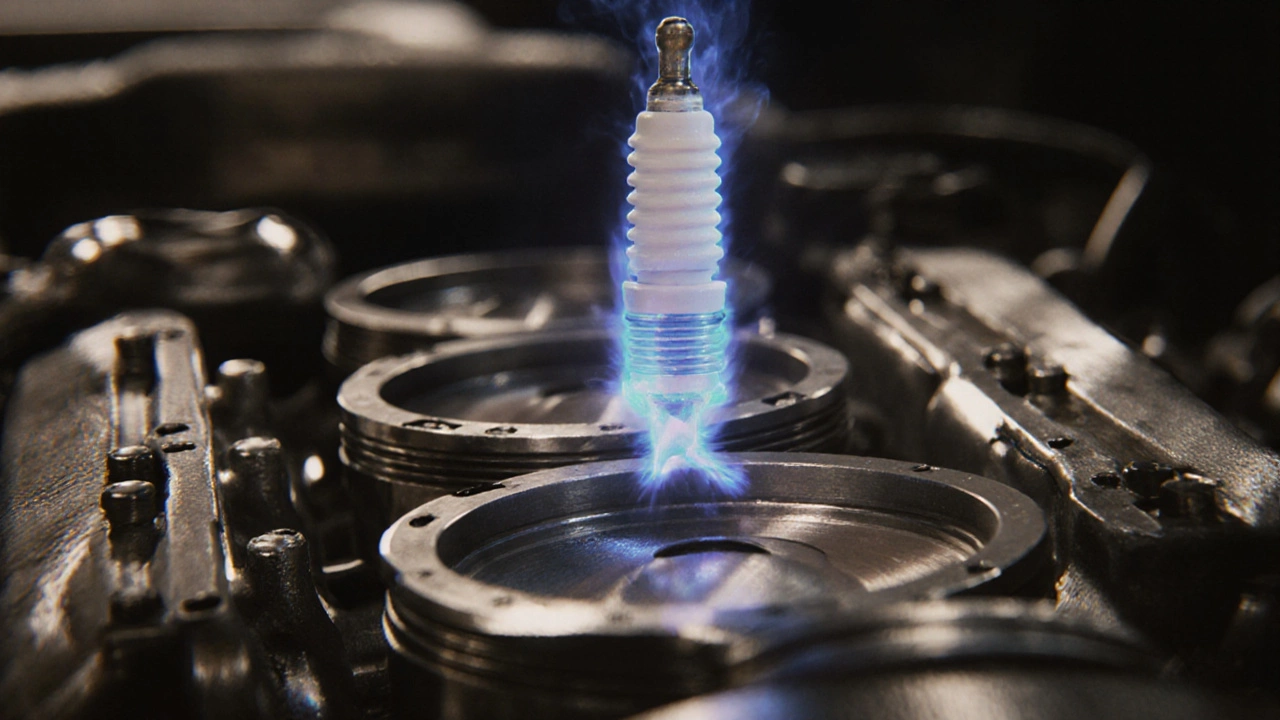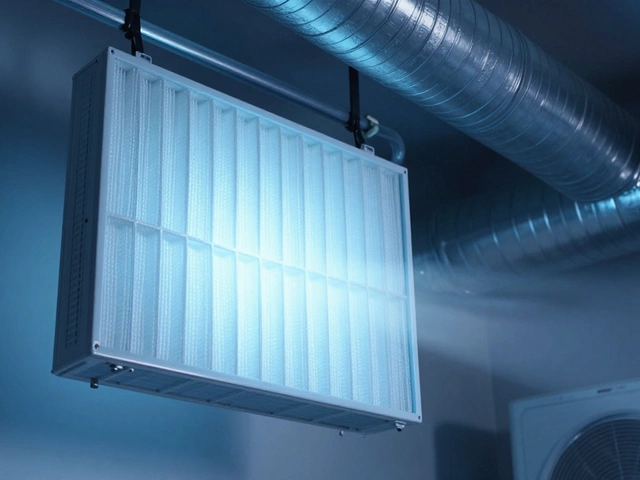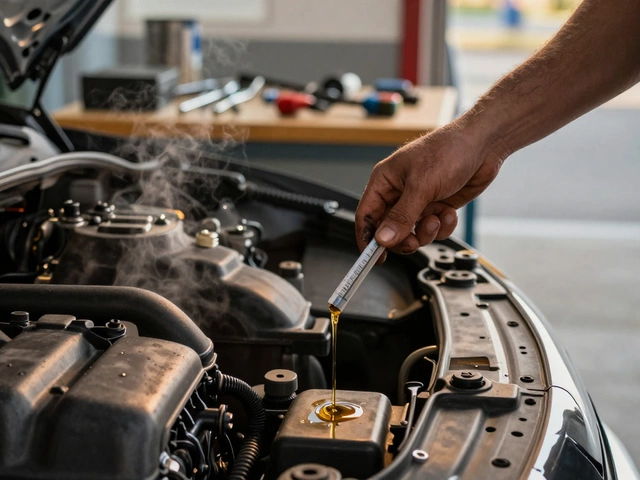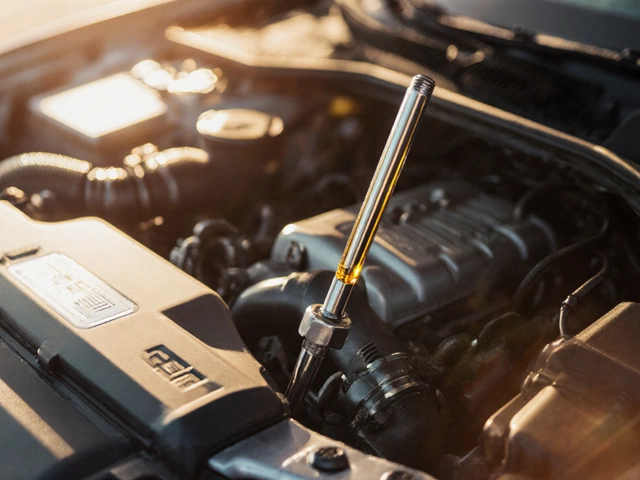Replace Spark Plugs – All the Basics You Need
When working with replace spark plugs, changing worn plugs for fresh ones to keep the engine firing correctly. Also known as spark plug change, it’s a core part of routine auto maintenance. replace spark plugs isn’t just a checkbox; it directly shapes how smoothly your car runs.
A spark plugtiny electrical device that creates the spark to ignite the fuel‑air mixture in each cylinder sits at the heart of the ignition systemthe network of coils, wires and control units that deliver high‑voltage electricity to the plugs. When a plug fouls, the ignition system can miss sparks, leading to rough idling or loss of power. Keeping the plugs clean and correctly gapped means the ignition system operates at peak efficiency, which in turn boosts overall engine performancehow quickly the engine responds, its fuel economy and emissions output. In short, replace spark plugs → better ignition → stronger engine performance.
Why Spark Plug Replacement Matters
Every driver who skips the plug change soon feels the symptoms: misfires, higher fuel consumption, and a sluggish feel on acceleration. These issues show up because the spark energy drops, and the combustion process becomes incomplete. A well‑timed spark also reduces engine wear, so regular plug swaps are a simple way to extend engine life. Most manufacturers recommend a replacement interval between 30,000 and 100,000 miles, depending on plug type and driving habits. If you drive in dusty conditions or tow heavy loads, you’ll likely hit the lower end of that range.
Beyond the basics, there are a few nuanced choices that affect the replacement job. Copper plugs are cheap and work fine for everyday driving, while iridium or platinum plugs last longer and fire more consistently under high‑performance demands. Choosing the right heat range is also key; a plug that’s too hot can overheat and melt, while one that’s too cold won’t reach the temperature needed for a strong spark. When you pair the correct plug with the right torque—usually around 13‑15 ft‑lb for most cars—you avoid damaging the plug threads and ensure a solid seal.
Understanding these relationships helps you avoid costly repairs later. A misfiring cylinder can stress the catalytic converter, and an inaccurate air‑fuel mix can raise emissions. By treating plug replacement as a regular checkpoint in your auto maintenance routine, you keep the ignition system reliable, the engine humming, and your wallet happier. Below you’ll find a curated set of articles that walk you through the why, how, and what‑if of plug replacement, from choosing the right plug to diagnosing common failure signs.

Will Replacing Spark Plugs Make a Noticeable Difference?
Learn how changing spark plugs impacts power, fuel economy, and idle smoothness. Find signs of worn plugs, compare copper, platinum and iridium options, and get step‑by‑step install tips.
CONTINUE READING








